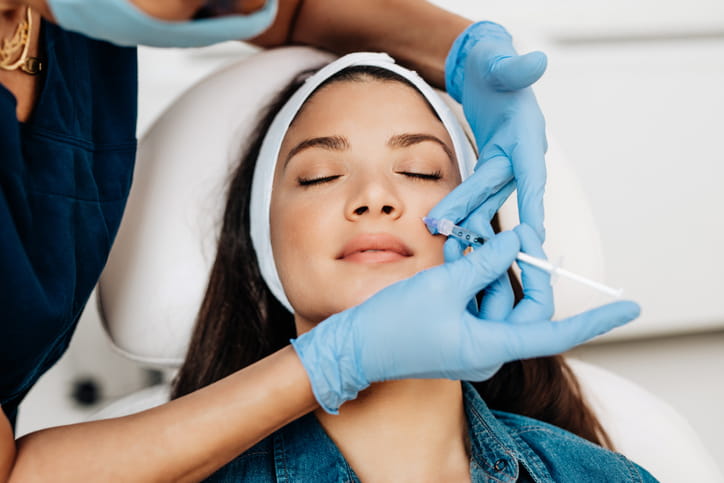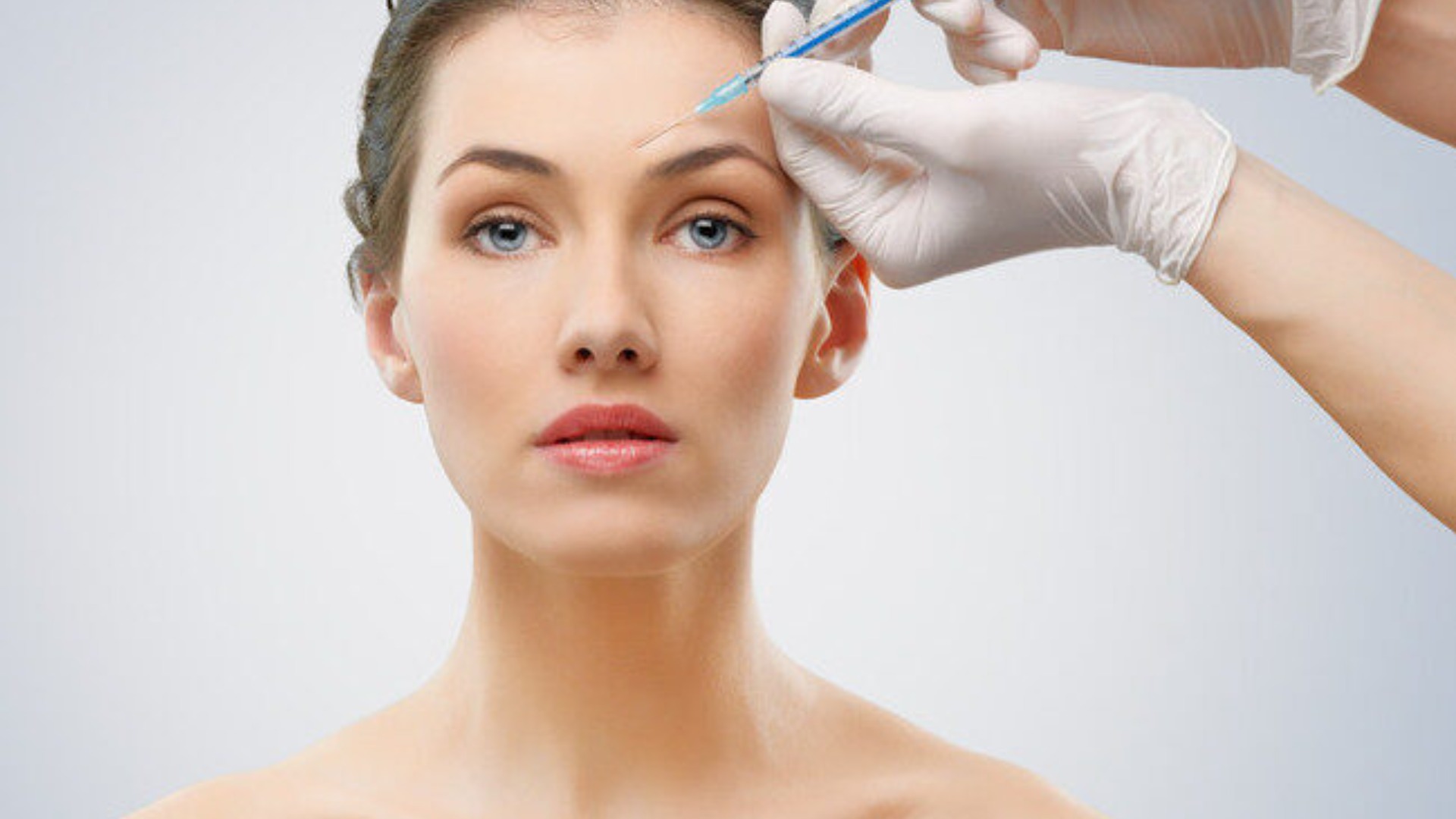Botulinum toxin does have its positive sides as well as less safe ones. Medically, it is utilized to treat over 20 diseases, including chronic migraines and muscle spasms, with a success rate often as high as 70%. Aesthetically, over 4.4 million people in the United States annually use it to smooth out facial wrinkles. On the other hand, if not well handled, about 1-2% of cases can lead to complications such as eyelid drooping or the undesired “frozen” expression. Its application needs professional management; the dosage ranges from 20 to 100 units per application, depending on the condition being treated. The global botulinum toxin market is expected to grow from $4.83 billion in 2022 to $8.45 billion by 2030.
It is a miraculous treatment and a substance of concern, best known under brand names like Botox, derived from Clostridium botulinum. It can cause botulism, a sometimes fatal illness, if large amounts are used. In controlled doses, it is widely applied medicinally and cosmetically. According to the American Society of Plastic Surgeons, in 2020 alone, there were over 4.4 million botulinum toxin procedures performed solely in the United States—a surefire endorsement of its popularity.
Application of botulinum toxin has been documented for more than 20 clinical uses, which include chronic migraine, hyperhidrosis, and muscle spasm, among many others. Trials conducted on chronic patients have managed to reduce the frequency of migraines by as much as 50%. However, despite the benefits accruing from such uses, the potential for misuse or overuse of this neurotoxin in cosmetic procedures remains a topic of debate among professionals.

It also finds its application in urology for the treatment of urge urinary incontinence due to an overactive bladder. In this respect, The Journal of Urology
While the use of neurotoxins for cosmetic treatments is undeniably popular, it is not without its risks. Botulinum toxin temporarily paralyzes facial muscles, smoothing out wrinkles and fine lines. The effects can last anywhere from three to six months. This procedure is performed over 7 million times globally each year, practically becoming a kind of routine anti-aging method. The most common adverse effects of improper use are eyelid drooping, ptosis, or unnatural or “stiff” facial expressions.

The British Association of Aesthetic Plastic Surgeons (BAAPS) also estimates the side effect rate from injections of botulinum toxin to lie in the range of 1-2%, again emphasizing that skilled physicians are required to administer such treatments. The abuse or addiction to such treatments will result in the atrophy of muscles and loss of spontaneous facial expressions, thus causing serious aesthetic and psychological damage to the user.
Market data and popular trends
market size was valued at $4.83 billion in 2022 and is expected to expand at a compound annual growth rate of 7.8% to reach $8.45 billion by 2030. Demand is increasing as high as 15% every year due to growing disposable income and increasing acceptance for aesthetic procedures in the Asia-Pacific region. Growth is driven by China and South Korea, where more than 1.5 million treatments are reportedly performed every year, but this reflects only the high cultural acceptance of aesthetic procedures.

Ethical considerations of botulinum toxin use



